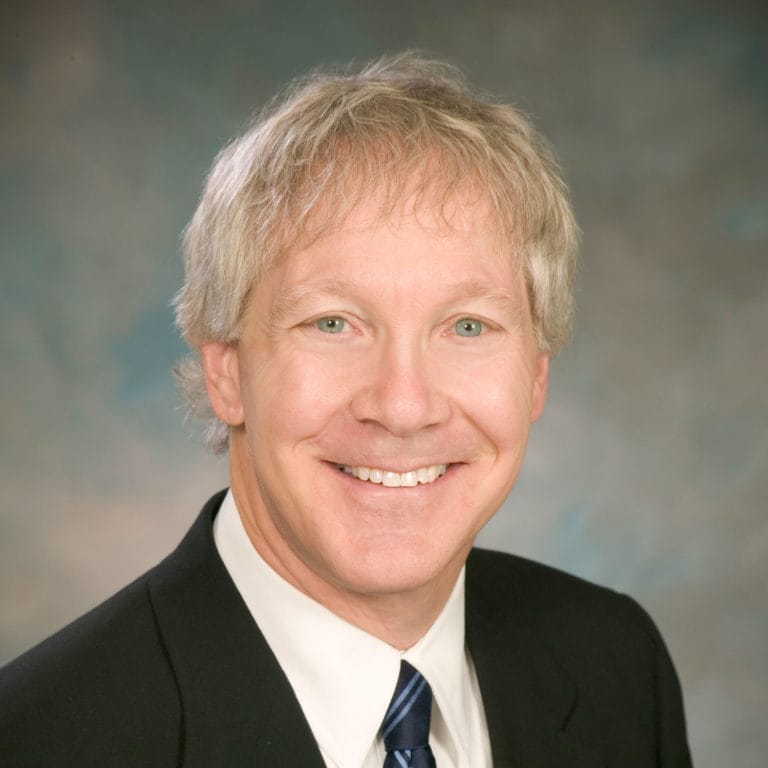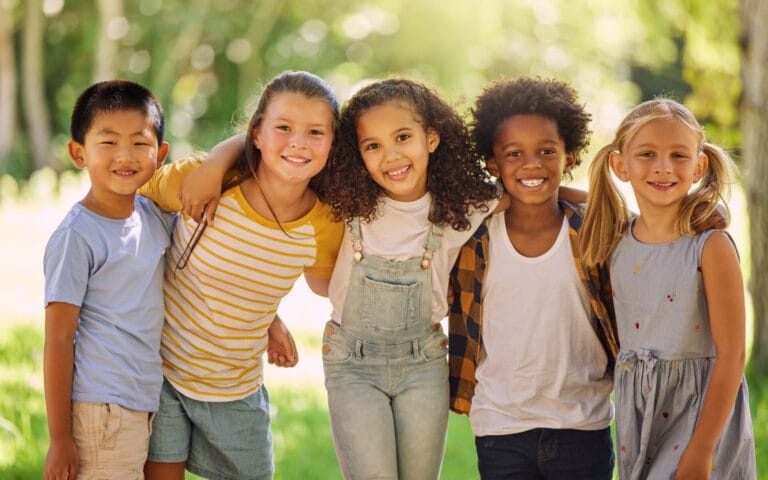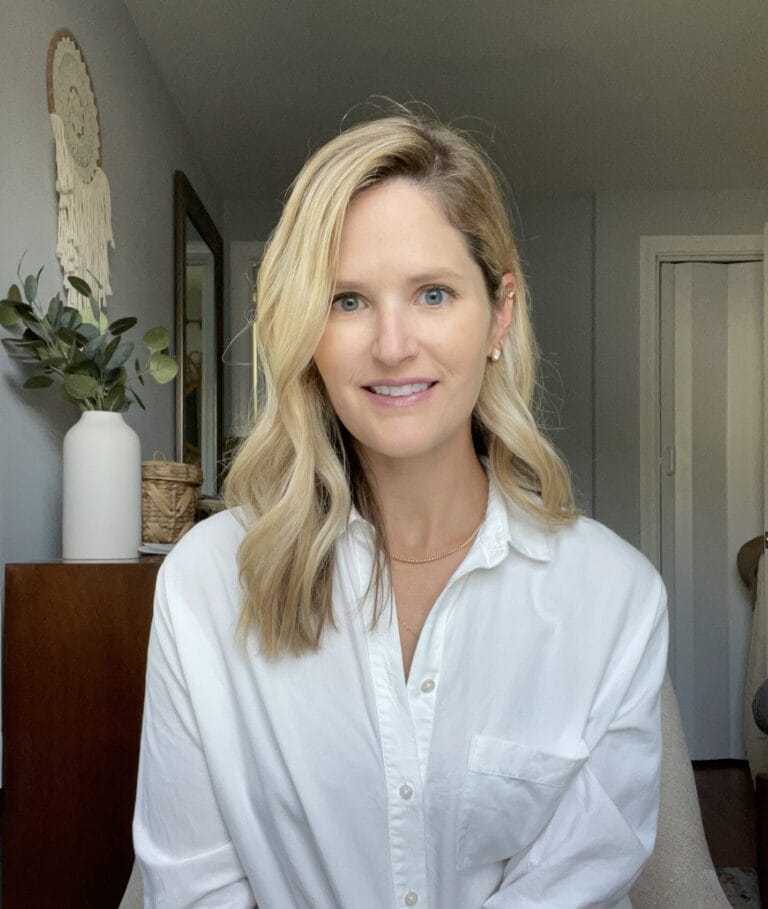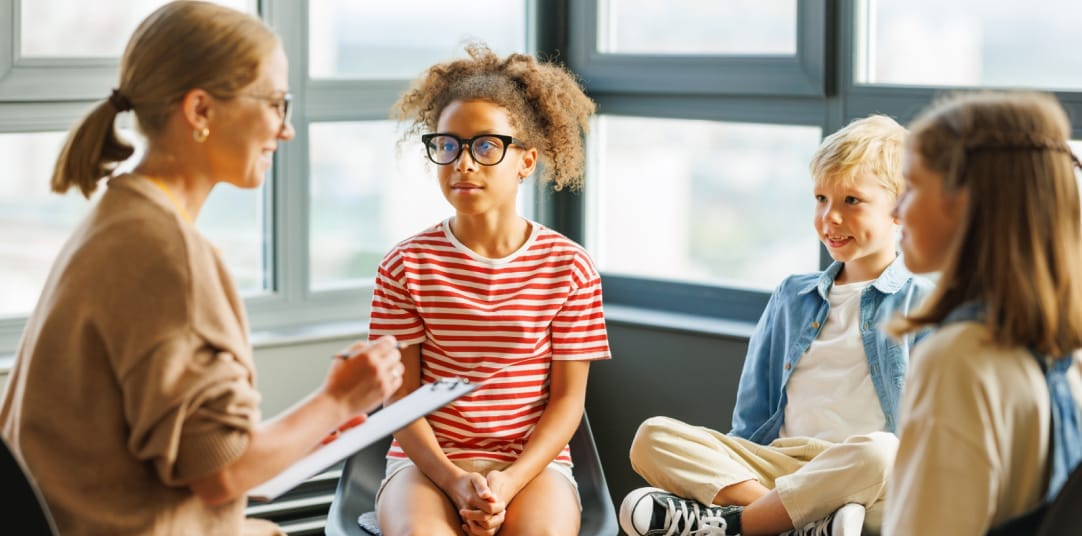
We kicked off our “Blueprints for Success: Making Good Ideas Real” webinar series with Dr. Howie Knoff. During “Building Academic and S/E/B Progress for All Students,” Dr. Knoff discussed how effective classroom management and instruction in social, emotional, and behavioral self-management can encourage better student behavior. After the webinar, our co-founder and CEO Clay Whitehead moderated viewer questions for Dr. Knoff. Below is a summary of this informative Q&A.
Clay: We have well over 1,500 people in the audience and many questions are coming in here. Let’s start with some basics from the audience. What is an attributional skill? When and how does it fit in? Are there programs that address this?
Howie: Well, an attributional skill basically is a student’s belief system, their expectations, and their attitudes; it’s cognitive. For example, if a student doesn’t like school, he or she is going to go to school with that attitude, which may cloud how they are reacting and responding to different situations during the school day. Students, including those with disabilities, many times don’t believe they can be academically or behaviorally successful. This belief system undermines the actual behavioral expectations or even their learning process.
Around 20 to 25 years of foundational science has demonstrated students with an attributional skill need cognitive behavioral science to retrain. This can be cognitive behavioral therapy, or just the teacher saying, “You can do this, I will support it” can be helpful. It gets students starting to believe in themselves. From a clinical perspective, this is referred to as “attributional retraining,” but it’s really about relationship building on the preventative level. It’s us, as educators, telling students they’re in a safe environment where they can succeed – and we’re going to give them the support and materials needed to succeed.
As a side note, many schools right now are spending a lot of time, effort, and money on teaching mindfulness. I want to really emphasize that on some levels, mindfulness is a cognitive behavioral approach. However, mindfulness has not demonstrated from a research to practice method as being effective. Instead of investing resources into it, I suggest schools “go back” to the science and consider applications that have research backing their effectiveness. This also happens with social skills programs. We have to look at evidence-based social skills programs. I’m not saying these are bad programs, but they are not evidence-based and some schools are spending a lot of time, effort, and money them even though they are not proven to improve the social-emotional attributional and behavioral skills.
Clay: What are the most common reasons why social-emotional behavioral programs do not work? How do we monitor progress and ensure fidelity?
Howie: Let’s go big picture and then we’ll go small picture. The big picture is sometimes people are not using the whole science. The five components of a social-emotional behavioral program – the climate in relationships, the behavioral expectations, the skill instruction, the motivation, and the accountability to consistency – have to be present in a multi-tiered program from prevention to intensive intervention. Sometimes we expect more from the social skill program than the program can deliver. If students are not motivated to demonstrate the social skills, that’s a motivational and accountability issue, not a social skill issue. If there isn’t a good climate and relationship amongst the peer group, then again, the students may or may not demonstrate the social skills. So again we have to look at the five component parts as being interdependent.
We also have to make sure we’re choosing the social skill program for the outcomes we want. We have to implement it with integrity. Most of your evidence-based social skills programs will give you implementation treatment integrity protocols so you know you’re implementing it correctly, but we also have to have the training. We have to give those implementing the program time to implement it, and it, again, has to be done in a pedagogically sound way.
I want to emphasize that social skills are taught in a three-part rotation: teach, apply, and infuse. I used the example of a coach and the basketball team earlier in the presentation. The coach has to teach the plays to the basketball team. Then the team has to practice applying these plays. This prepares the team to infuse the plays in the actual game. Many of the social skills programs are just not adhering to the cognitive behavioral science that makes sure students are going to have the outcomes we desire.
Clay: So you’ve touched on it, but one of our listeners wants to hear more. Middle and high school students are often jaded and set in their ways. What can we do to counter that or work with it?
Howie: Well, some of it’s more of a developmental maturational issue, not them being set in their ways. So let me start with the big picture again. If we’re going to invest in a social-emotional and behavioral program, then we have to hold the students accountable, but going much further, we have make sure it is meaningful to students.
I work with a lot of middle and high school levels. For a couple years, I worked out in California with the court system in the alternative programs. This is the issue I see happening. When we get to the high school level, we want the students to guide and engage in the program as much as possible, but it’s not just about teaching them the skills. It’s about having discussions within the peer group. It’s about using current events. More importantly, it’s about embedding the social skills into real life situations in high school.
For example, we have to embed the social-emotional and behavioral skills, but especially the social-interactional skills into our group labs, cooperative learning groups, project-based learning — that’s the natural application and infusion. We’re showing the students that when they’re working on a problem together in a five-person group, they have to use social-interactional skills, emotional coping skills, and conflict prevention and resolution skills.
Again, it’s about making this real life for the students, not just skills instruction. It’s embedding the skill instruction into the students’ lives in school so that it’s meaningful and they see the benefit. Are you still going to have some disaffected kids? Well, unfortunately, yes, but a lot of times those disaffected kids are the kids that are disaffected across multiple different settings, situations, and courses. And so again it becomes a maturity thing, but critically involving the students in the process and letting them build, in a sense, part of the curriculum.
Clay: One listener wants to know: “Who on the staff is best to be in charge of social-emotional and behavioral interventions?”
Howie: Is the focus on intervention or is it also on instruction? For the social-emotional and behavioral instruction, everybody is involved, but classroom teachers probably use it the most. If students need strategic or more intensive intervention, quite honestly, I look at it from a skill-based perspective. I’m assessing the students’ needs from a strategic and intensive level, but I’m also doing skill inventories and leading discussions with my staff to see who has the ability to best support the student’s needs. This could include special education teachers, counselors, social workers, school psychologists, and other school-based mental health workers. Everyone has different skills, so it’s not who the best person is, it’s about identifying who has the skills needed for interventions for different situations across the social-emotional, attributional, and behavioral spectrum. It’s about looking at the skill gaps so we can implement professional development to close those gaps and then identifying the underlying reasons for those gaps.
It’s about making sure the best professional with the skillset for the specific problem is the one who is the lead on that specific case.
Clay: The next question is a little general so I’d like to make it more specific. The question is: “With crazy workloads and busy schedules, what works best for classroom teachers to collaborate with intervention specialists?” Could you give a specific example or two of things that have worked really well?
Howie: I come from a strategic planning perspective, so first we look at the analysis of the needs relative to the student and the staff across a school or district. We’re also doing a staff and schedule analysis. So we’re looking at the current scheduling in terms of where consultation time, collaboration time, and teaming time is available.
In many schools, we’ve found there are scheduling gaps or time gaps where we’re not maximizing the time and the resources. For example, personal learning communities, or PLCs: we need to guide them with a specific agenda, keep staff accountable to specific outcomes, and make sure they are preparing for the next meeting. It’s a group process.
Basically, we have to look at the specific situation, assess what we need, and find a way for staff to have time to do the consultations they need. We also need to ensure the consultations are not just about talking at the classroom teacher, but more about modeling the intervention for the teacher, supporting them as they’re implementing the intervention, and really making it all work from a team perspective.
That’s the generic answer and then it gets specific as you’re looking at the individual school or district.
Clay: Great. Let’s talk about multicultural considerations. What do you recommend on that front?
Howie: Well, that’s essential. For me, that’s an embedded part of the relationship and the climate aspects of implementation. None of us are competent on all cultures but, let’s look at Native American students as an example. I’ve worked in 12 different Native American communities from North Dakota to Alaska down into even Florida, and I’ve come to learn there are differences – some subtle, some apparent – even within the different Native American cultures. I’m always looking for these differences.
I think we all need to be looking at who are the cultural leaders in our schools and our communities, and make sure we’re embedding the cultural sensitivity and the cultural skills into the curriculum.
I’ll give you an example. I was doing a social skill demonstration in Wyoming one time, and we were talking about dealing with teasing. I was asking the fourth-graders the difference between a tease and a joke. My Native American colleagues were in the back of the room kind of shaking their heads and looking at me weird so I stopped the lesson. Afterwards, I asked “What am I doing wrong?” They said, “We don’t talk about jokes in our culture. We talk about good tease versus bad tease.” There is no way I would have known this without asking.
Again, we have to look at our cultural leaders as we’re planning the social skill instruction, analyzing the underlying reasons for students’ behavior and linking that to interventions. We have to maintain that cultural sensitivity so the interventions will work, the analyses are accurate, and the social skills are doing the preventative work we want them to do.
Clay: That’s a great example of multicultural awareness. You have to have the self-awareness to realize something is going on, and then the self-regulation to be able to ask the question.
Howie: Yeah, absolutely. Last week, I was doing social skills training in New York City. In one of the classes I was working with, the school was in Brooklyn, there were 15 different countries of origin in this one class!
Clay: So I think we have time for one more question: “How can these strategies be bridged from school to home?”
Howie: When I’m working in school districts, it’s not just one-shot deals. I’m there for one, three, or even five years and we help the school districts get grants, if possible. But one of the first things we do is look at the shared leadership and committee structure of a school. Many times, the school or the district will not have a parent community outreach committee. Creating one of these committees is the first answer to the question. People on this committee are not only reaching out to the community, they are listening to the community and parents about their needs, their concerns, and more.
Also, our teachers have to create bridges to the parents. It’s about helping the parents understand what we’re teaching their children on a week-to-week or month-to-month basis. Sometimes we do parent training at the school, especially for intensive interventions, sometimes we suggest activities and games parents can use with their students.
It’s multi-tiered: how are we building the relationships with the parents, but also how are we helping serve parents?
Watch Dr. Knoff’s webinar on our website here. Don’t forget to register for the upcoming Blueprints for Success webinars! Dr. Jeanne Wanzek will talk about RTI on October 26, 2017 and Dr. Carol Ann Tomlinson will discuss differentiated instruction on November 30, 2017.




